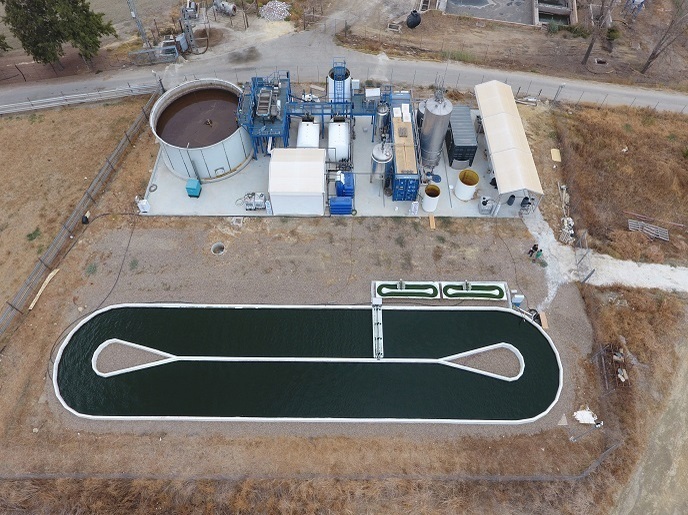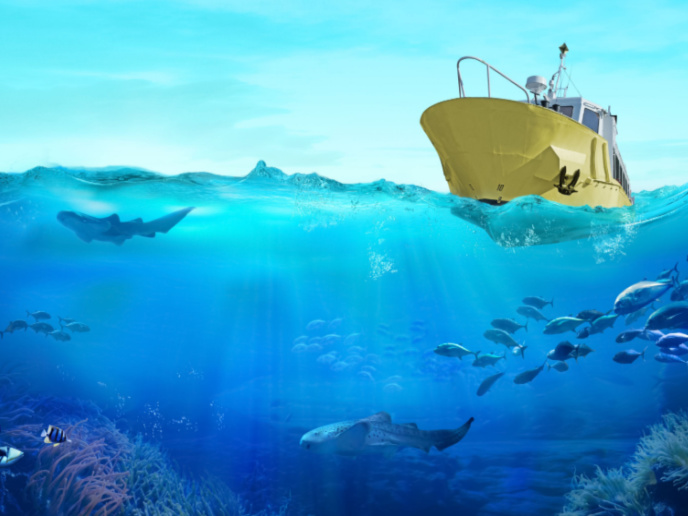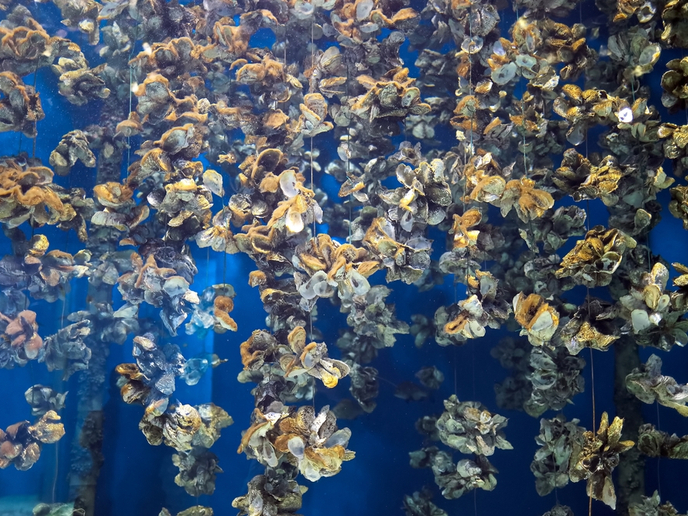A circular economy approach for waste water treatment
About 30 % of Europeans are affected by water stress, and approximately 5 tonnes of waste is produced by the average European each year. Water scarcity and resource recovery are two issues the EU is focused on finding sustainable solutions for. Such solutions are particularly necessary when dealing with the slaughtering sector, a water intensive industry, producing enormous amounts of waste water containing high proportions of organic matter. This is where the EU-funded Water2REturn project steps in. “We propose an integrated solution for slaughterhouse waste water treatment as well as for the recovery of valuable nutrients with a high market value in the agriculture sector,” notes Pilar Zapata, project coordinator. Water2REturn technology adopts a circular economy approach. Nutrients and energy resources present in waste waters are safely and efficiently recycled in different forms and then injected back into the agricultural system as new raw materials. “Waste water is, therefore, a source of nutrients, energy and water, and no longer a waste; waste water treatment facilities become ‘biorefineries’,” adds Zapata.
A full-scale demonstration process
To test the Water2REturn technology, the project set up a viable, cross-sectoral and integrated full-scale demonstration process in the real case study ‘Matadero del Sur’, a slaughterhouse in Salteras, Spain. “We used a novel combination of biochemical and physical technologies and processes in cascade, all while aiming for a positive balance in terms of energy footprint,” explains Zapata. Discussing the main results, Zapata highlights: “Not only did we develop an integrated treatment for waste water, but we also developed a nutrients and energy recovery system constituted by four separated but interlinked process units: water line, sludge line, energy line and algae line.” This has led to the recovery of secondary raw materials (SRM): nutrients concentrate (SRM1), hydrolysed sludge (SRM2) and algal biomass (SRM3). Due to the low nitrogen concentration in the waste water of the Matadero del Sur slaughterhouse, SRM1 was deemed not commercially feasible but instead a good candidate for the direct fertilisation of local fields near the slaughterhouses. SRM2, on the other hand, has high availability of organic matter, which can be used in other biological processes, such as anaerobic digestion. “It was the base for the formulation of a biostimulant that can increase the productivity of crops,” says Zapata. And it has been tested on melon, tomato and cucumber crops. “SRM3 was the base for formulating an effective biostimulant as proven in several crops and fruits like cucumber and apricot,” notes Zapata. Greater vegetative development is obtained when it is applied to soil, and when applied on the leaves it increases the intensity and quality of flowering and sprouting and of the fruit yield. “It has also been proven to be a competitive product, performing equally well as top products in the market but constituting a much bigger eco-friendly alternative to them,” reports Zapata.
Green jobs and industries for nutrient recovery and recycling
The end user, Matadero del Sur, aims to maintain part of the modules and transform the present demonstrator into a real-scale system. “Additionally, thanks to the outcomes of the project’s activities, together with the business plan and the techno-economical assessment’s conclusions, it is estimated that Water2REturn solutions can generate a turnover of EUR 29.4 million in the seventh year after the project, generating direct and indirect jobs,” concludes Zapata.
Keywords
Water2REturn, waste water, slaughterhouse, circular economy, biostimulants, fertilisation, secondary raw materials, nutrient recovery, water scarcity, agronomic products







